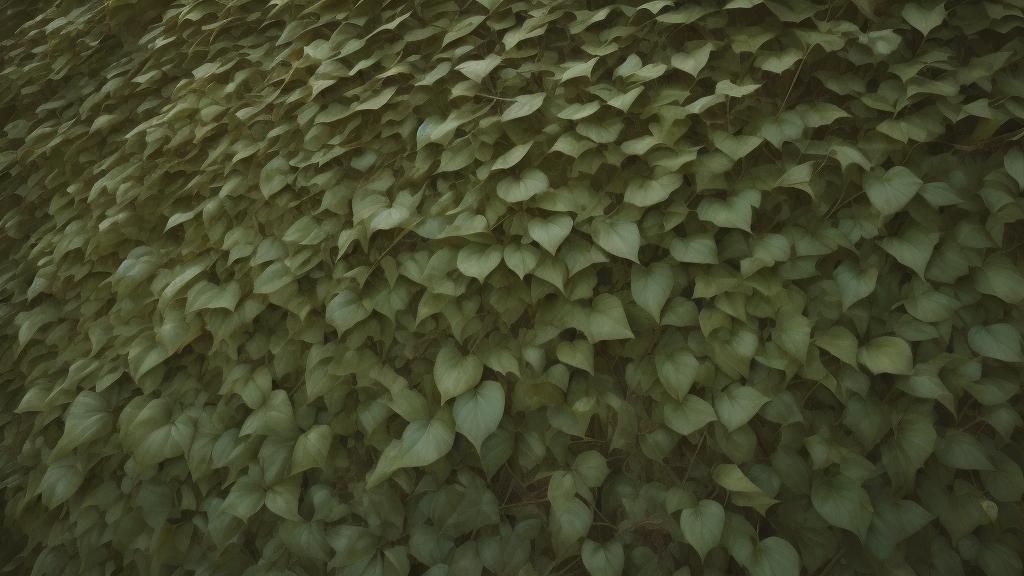In recent years, the fashion industry has been shifting towards more sustainable practices, aiming to reduce its environmental impact while still offering consumers the luxurious experiences they desire. This evolution is not just a trend; it's a necessary pivot as shoppers become increasingly eco-conscious, demanding transparency and accountability from their favorite brands.
This transformation doesn't mean the end of luxury as we know it. Instead, it's an opportunity to redefine opulence by blending traditional high-end techniques with innovative, sustainable practices.
### The rise of eco-conscious consumers
Today's consumers are more informed than ever, expecting transparency from brands about their environmental and ethical practices. With climate change and social justice issues at the forefront of global discussions, consumers are leaning towards brands that reflect their values. They want to know the story behind their purchases — where materials are sourced, how workers are treated, and what impact their product has on the planet. As a result, fashion houses are being urged to rethink their processes, focusing on green initiatives.
### Redefining luxury through sustainability
Traditionally, luxury has been synonymous with exclusivity, craftsmanship, and high-quality materials. Now, the new definition includes a focus on limited environmental impact and ethical practices. Brands are exploring ways to create luxurious items without depleting natural resources. Whether it's using organic fibers, like cotton and linen, or even exploring lab-grown materials like leather and silk, these innovations maintain quality while ensuring sustainability.
### Innovations at the forefront
As the fashion industry transforms, innovation becomes its best ally. For instance, Stella McCartney, a longtime advocate for sustainable fashion, continues to lead by example. Her brand uses cutting-edge technology to create animal-free leather and organic fabrics, balancing aesthetic appeal with ethical manufacturing. Similarly, more designers are experimenting with recycled materials, creating fashionable items that reduce waste. For example, Adidas' 'Parley' collection uses ocean plastic waste to create stylish yet environmentally friendly footwear and apparel.
### Challenges and opportunities
While the shift towards sustainable luxury is exciting, it is not without its challenges. Creating sustainable products often comes with higher production costs and requires significant investment in research and development. There's also the seemingly daunting task of convincing traditional luxury consumers, who are used to the old ways, to embrace new norms.
But these challenges present opportunities for brands to engage with their audience differently. For instance, those who effectively tell their sustainability story can attract a loyal customer base who values their commitment to eco-friendly practices. Moreover, establishing themselves as pioneers in this new era of luxury can also drive long-term growth and brand loyalty.
### The future of sustainable luxury
With legislation increasingly pushing for more sustainable practices and consumers continuing to demand more accountability, the future of luxury fashion is inevitably leaning towards sustainability. Brands that adopt these practices not only benefit the environment but also position themselves as industry leaders poised for enduring success.
Ultimately, sustainable luxury is about crafting beautiful items that tell a story of responsibility, innovation, and elegance. As more designers embrace this new paradigm, the fashion industry will continue to see a renaissance, one where opulence and virtuosity coexist harmoniously with care for our planet. It's a thrilling metamorphosis, one that beckons both anticipation and respect for the artistry and activism propelling this movement forward.
Inside the world of sustainable luxury: how fashion is redefining opulence

